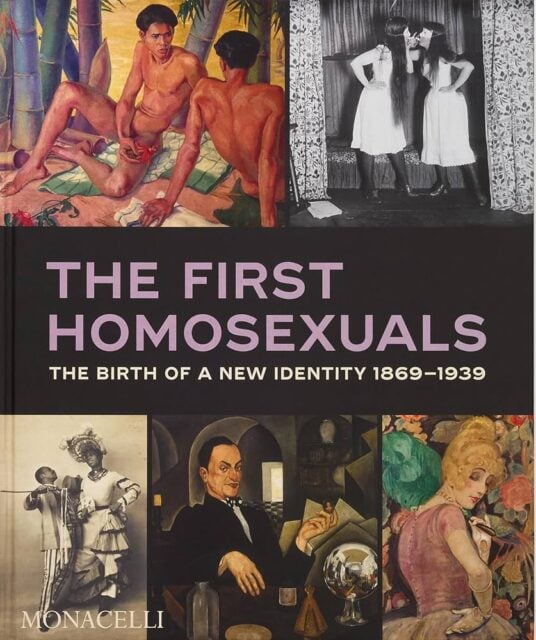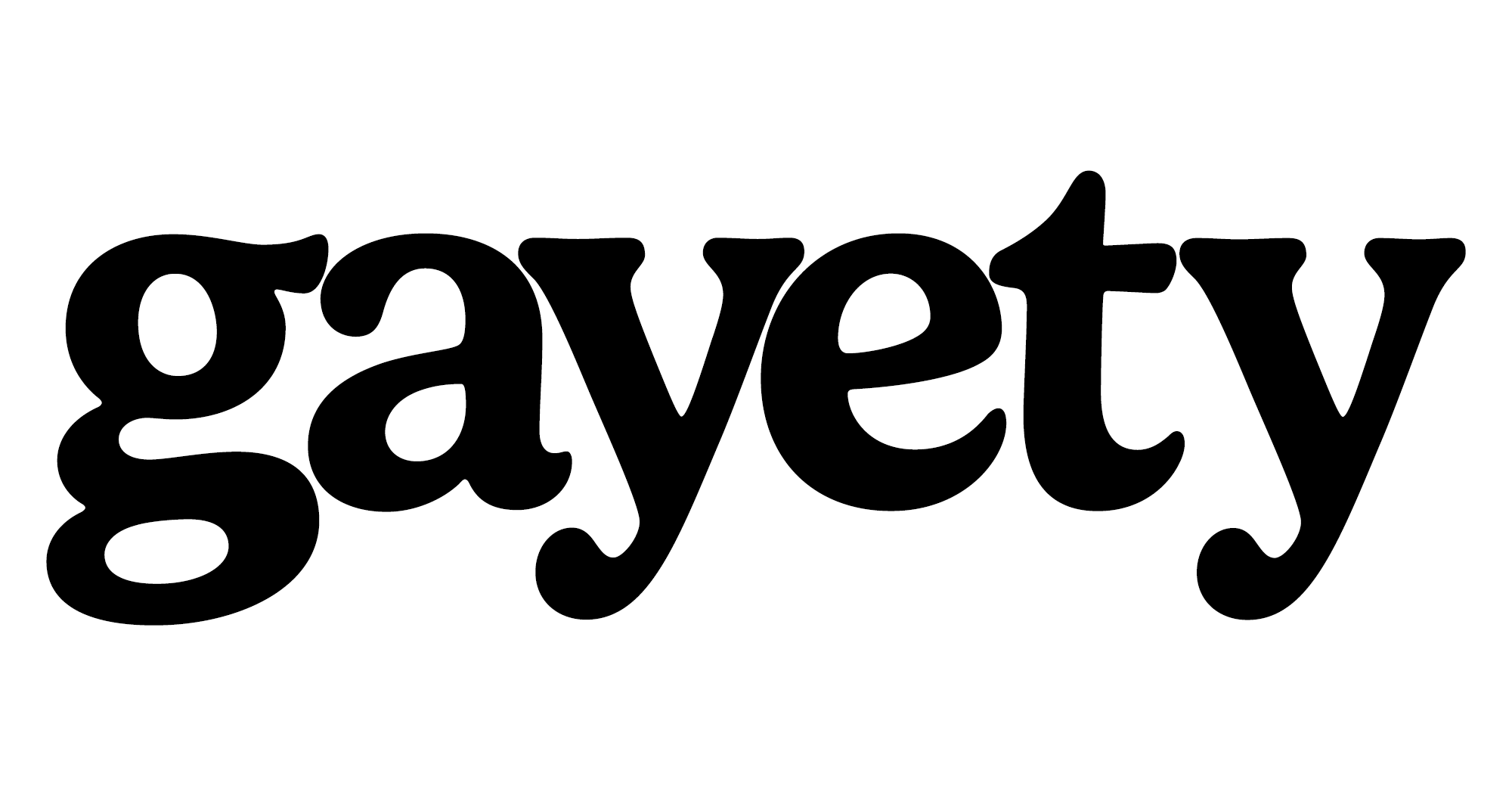When acclaimed artist Amy Sherald pulled her upcoming Smithsonian National Portrait Gallery show, “American Sublime,” it was not just an isolated decision. Instead, it became the latest flashpoint in a year of cancellations, postponements, and quiet edits to LGBTQ-centered exhibitions across the country.
A Year of Abrupt Changes
In February, Washington, D.C.’s Art Museum of the Americas abruptly canceled Nature’s Wild With Andil Gosine, a group show inspired by Gosine’s book exploring Caribbean sexuality and activism. No reason was given, and the announcement came only weeks before its scheduled debut.
That same month in Arizona, the Scottsdale Museum of Contemporary Art made last-minute changes to a traveling exhibition of women, queer, and trans artists. Originally titled transfeminisms, the condensed version appeared under a new name: There are other skies.
By April, the Smithsonian National Museum of African Art postponed Here: Pride and Belonging in African Art, which was set to open during WorldPride in Washington, D.C. While officials cited funding and scheduling issues, the move followed federal directives that museums strip “divisive” themes from exhibitions. The timing raised eyebrows in the arts community.
Why Sherald Said No
At the center of Sherald’s canceled show was Trans Forming Liberty, her portrait of a Black trans woman embodying the Statue of Liberty. The museum reportedly expressed concern about the painting’s reception and suggested adding a video to “provide both sides” of the issue.

Sherald, best known for painting former First Lady Michelle Obama’s official portrait, refused to compromise. In a statement, she wrote:
“At a time when transgender people are being legislated against, silenced, and endangered across our nation, silence is not an option.”
The cancellation also meant the National Portrait Gallery lost the chance to present its first-ever solo exhibition by a contemporary Black artist.
Echoes of the Culture Wars
Art historian Jonathan D. Katz sees a troubling pattern. Katz, who curated The First Homosexuals: The Birth of a New Identity, 1869-1939 in Chicago earlier this year, said queer art remains a “third rail” for many American museums.

He links today’s disputes to the infamous 1989-90 controversy surrounding Robert Mapplethorpe’s The Perfect Moment, which featured homoerotic photography and sparked fierce political backlash.
“You’d think that decades later, this would no longer be a live wire, but it still seems to be,” Katz told NBC News.
Revising the Past, Avoiding the Present
Museums are not only canceling LGBTQ-focused exhibits but also reshaping how existing art is framed. At Chicago’s Art Institute, a major Gustave Caillebotte exhibition quietly shifted from Painting Men to Painting His World. Wall text downplayed earlier interpretations that explored gender and desire in his work.
“That one was particularly galling,” Katz said, noting he had contributed writing about Caillebotte’s queer themes for the show’s Paris and Los Angeles runs.
His associate curator Johnny Willis emphasized that asking museums to acknowledge ambiguity in Caillebotte’s life is not the same as labeling the artist. “We’re asking them to leave open the possibility,” Willis said.
Who Holds the Power
Willis argues that many museums are at the mercy of wealthy board members who see queer sexuality as taboo. “It’s about trying to pacify a class of oligarchs,” he said, pointing out that privately funded institutions often self-censor to avoid donor backlash.
One museum director even told Katz privately: “It’s precisely the exhibition I’d like to show, and therefore the one that I can’t.”
Spaces of Resistance
Despite the setbacks, LGBTQ art is still finding platforms. Wrightwood 659, a relatively young Chicago institution dedicated to socially engaged work, embraced The First Homosexuals when others refused. The exhibition drew sold-out crowds and will now travel to Switzerland.
Other major museums are continuing to stage queer-centered shows. The Denver Art Museum is hosting Kent Monkman: History is Painted by the Victors, New York’s Metropolitan Museum of Art is presenting Casa Susanna, and Los Angeles’ Getty Center is showcasing Queer Lens: A History of Photography alongside $3 Bill: Evidence of Queer Lives.

As Getty director Timothy Potts put it, these shows “bring visibility to lesser-known histories through the display of art to the public.”
For curators like Willis, the public hunger for queer narratives is undeniable. “There is enormous appetite for these stories right now,” he said. “And institutions that embrace them don’t just serve history, they mark themselves as brave.”



